Straight leg raise (SLR) Exercise
Table of Contents
What is a straight leg raise?
- The straight leg raise is one of the best exercises done before and after hip and knee replacement surgery.
- It is easy to perform and puts light stress on your hip joint as the range of motion is gradually increasing.
- It can be recommended by the physiotherapist, after surgery and you can continue to do it on your own at home.
- The straight leg raise is also used by healthcare providers and physical therapists to diagnose nerve impingement in the lumbar spine, herniated disc, and sciatic pain.
- It is mostly used to diagnose whether low back pain is caused by disc herniation in the lumbar spine.
- The straight leg raise is one of the main exercises in rehabilitation for knee replacements or many surgeries involving the lower leg, foot, and ankle.
- As the name suggests, the straight leg raise exercise does not require you to bend your knee joint. This encourages movement when an individual has advanced arthritis in their knees.
- The straight leg raise exercise strengthens the muscles of the upper thigh, and the quadriceps, without putting any stress on the knee joint.
- Over the last 34 years as a Physiotherapist prescribed straight leg raise exercises to patients recovering from any surgeries or traumas to their body.
- It is a well-known exercise that can be done before you are able to put full weight on your hip or knee joint or affected limb.
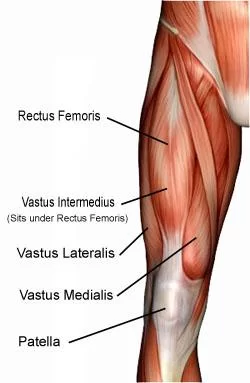
Which muscle does a straight leg raise?
- Vastus lateralis, vastus medialis,vastus intermedius, and rectus femoris are also called quadriceps muscle and Hip flexors mainly iliopsoas.
- The major muscle responsible for straight leg raise in lying is the iliopsoas.
- A few other muscles are engaged when you do the lying straight leg raise, but they’re not involved with raising up your leg. The rectus abdominis, which is the major muscle in your abdomen, and your obliques, located on both sides of your torso, isometrically contract to stabilize your pelvis and hips. Your quadriceps muscle group.
Health benefits of straight leg raise:
The following are the health benefits of straight leg raise exercise:
- Helps to strengthen quadriceps muscles and Hip flexors.
- Helps to decrease weight from your legs
- Helps to decrease weight from your lower abdomen area.
- Helps to strengthen muscles in your abdomen and legs.
- An excellent exercise for the lower abdominals.
- Helps to increase the strength of your hamstrings, calf muscles, and glutes.
- Important exercise for Hip and knee surgery post-rehabilitation.
- This exercise is used for routine workouts also.
Diagnostic Testing:
- The exercise is performed by the therapist as the healthcare provider or physical therapist lifts your leg while you are lying on your back.
- The straight leg raise test can be used to diagnose and differentiate joint or neuromuscular disorders
- It is mainly used to diagnose whether low back pain is caused by disc herniation or any nerve is pinched in the lumbar spine
- For the test, you have to raise your normal leg first.
- You have to lie down on your back without using a cushion under your head.
- Both legs should be straight.
- Then therapist lifts the normal leg upwards.
- Slowly take it down.
- The therapist would lift your injured or affected leg by giving support to your ankle until you complain of pain.
- Then injured or affected leg would be lowered down slowly.
- The therapist observes how much the normal leg will go to the upper side and the affected side go above when symptoms begin.
How to do straight leg raise exercises:
Straight leg raise exercise in the Supine position:
One leg raise:
- Lie on your back with your hips square and your legs laid out comfortably on the floor or mat.
- Both hands are by your side.
- Bend the knee of your non-injured leg at a 90-degree angle, and place the foot flatly on the floor or mat.
- Inhaling slowly, lift the straight leg raise towards the ceiling until is parallel to the bended knee.
- Hold for three seconds.
- Exhaling slowly, lower the leg to the floor with control
- Relax and repeat 10 times more
- If you want to make this exercise challenging then hold your leg upside for 7 to 10 seconds or wrap some weight sandbags around an ankle or wrap the resistance band backward.

Both leg raise:
- Lie on your back flat on the floor or mat.
- Your both hands by your side.
- Your both leg should be fully extended and pull your toes towards you to lock out your knee.
- Bring your leg up slowly and raise it towards the ceiling from the floor.
- Hold for 3 to 5 seconds then take your leg down.
- Do 10 to 15 repetitions.
- If you want to make this exercise challenging then hold your leg upside for 7 to 10 seconds or wrap some weight sandbags around an ankle or wrap the resistance band backward.
Single straight leg raise exercise video:
Straight leg raise exercise in a prone position:
- Lie on your stomach with a pillow under your hips and both legs straight.
- Keeping the knee straight and slowly lift the entire leg toward
- the ceiling.
- Hold for 3 to 5 seconds and slowly lower your leg.
- Relax and repeat.
- Do 10 to 15 repititons
- If you want to make this exercise challenging then hold your leg upside for 7 to 10 seconds or wrap some weight sandbags around an ankle or wrap the resistance band backward.
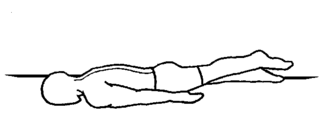
Straight leg raise exercise in the Side-lying position:
- Lie on your side with your right leg up and left
- leg bent for balance.
- Straighten the right knee and lift the entire leg and making sure the hip does not roll forward or
- backward.
- Hold for 3 to 5 seconds and slowly lower your leg back to
- floor.
- Relax and repeat.
- Do 10 to 15 repetitions.
- If you want to make this exercise challenging then hold your leg upside for 7 to 10 seconds or wrap some weight sandbags around an ankle or wrap the resistance band backward.

Straight Leg Raise Exercise in standing:
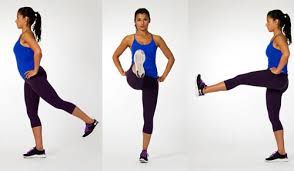
- For this exercise, you have to stand straight with foot hip-width apart(you can stand back support wall)
- Your both hands by your side.
- Lift your right leg straight in forward of you.
- Hold for 3 to 5 seconds until your left foot is straight and your foot is placed over the floor.
- Relax and repeat.
- Do 10 to 15 repititons.
Straight Leg Raise Exercise With External Rotation of the Hip in a supine lying position:
- A straight leg raise with external rotation is an excellent exercise to strengthen your hips, legs, and lower back.
- For this, you have to lie on your back over a mat on the floor.
- Your both hands by your side.
- Both legs should be extended and pull your toes towards you to lock out your knee.
- Then bend your left knee.
- Then turn your right knee outside and bring your leg up now slowly take your right leg raise towards the ceiling from the floor.
- Raise your leg until is parallel to the opposite bended knee.
- Just like another side, you scooping.
- A foot is placed on the ground. hold for 3 to 5 seconds then take your leg down.
- Do 10 to 15 repetitions same side then go for another side.
- If you want to make this exercise challenging then hold your leg upside for 7 to 10 seconds or wrap some weight sandbags around an ankle or wrap the resistance band backward.
Straight Leg Raise Exercise With Extra Support:
- If you had some difficulty in straight leg raise.
- Then use a small pillow below your foot for foot support.
- The higher pillow gives you more support for completing a straight leg raise.
Precaution:
- Keep your knee straight when you raise the leg towards the ceiling.
- Breathe throughout the exercise.
when are you not doing straight leg raise exercises?
- Pregnancy
- Hernia
- If your doctor suggested you take a rest.
- If you feel any pain during this exercise.
- If you go through any Recent back surgery.
- If you suffering from severe back pain.
- If exercise is Painful
FAQ :
The straight leg raises exercise strengthens muscles in your quadriceps and your hip flexors.
To make the straight leg raise more challenging, add a small weight cuff to your leg. Begin by placing the weight on your thigh, lowering it to your ankle as you get stronger.
The straight leg raise is an exercise that targets the iliopsoas (the anterior hip flexors). Because the abdominal muscles are used isometrically to stabilize the body during the movement, leg raises are also often used to strengthen the rectus abdominis muscle and the internal and external oblique muscles.
Straight leg raises improve the strength in your quadriceps, which can support the knee, even if you currently have knee pain.
Regular performance of straight leg raises helps to lower your risk for back injuries, back pain, and back strain while doing other exercises or routine activities.

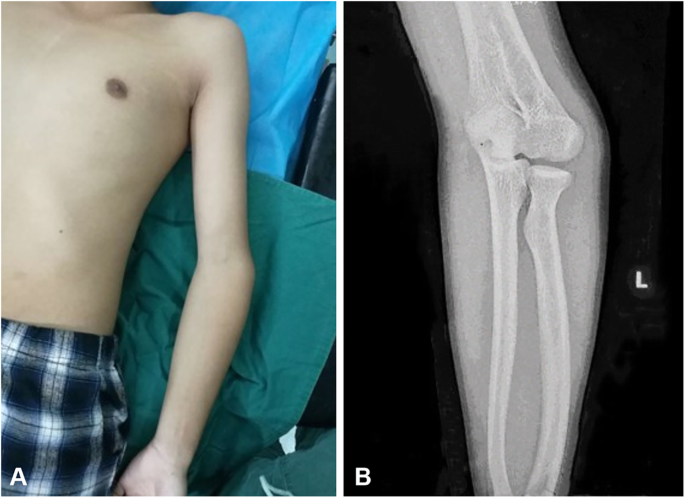
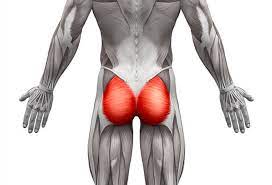
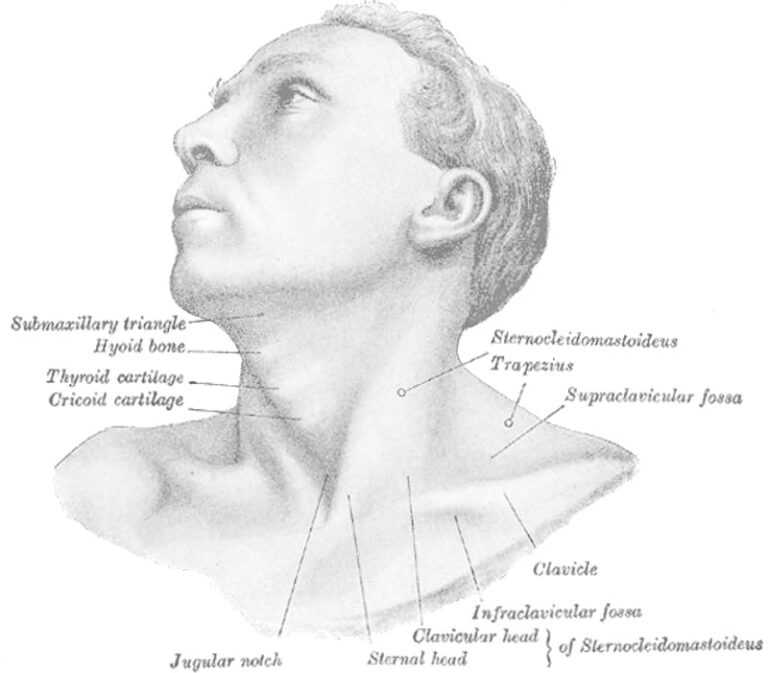
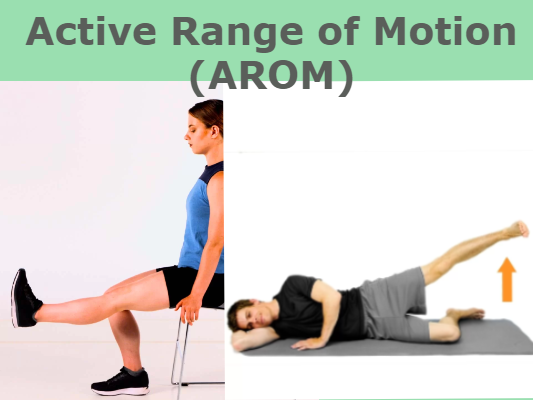
11 Comments